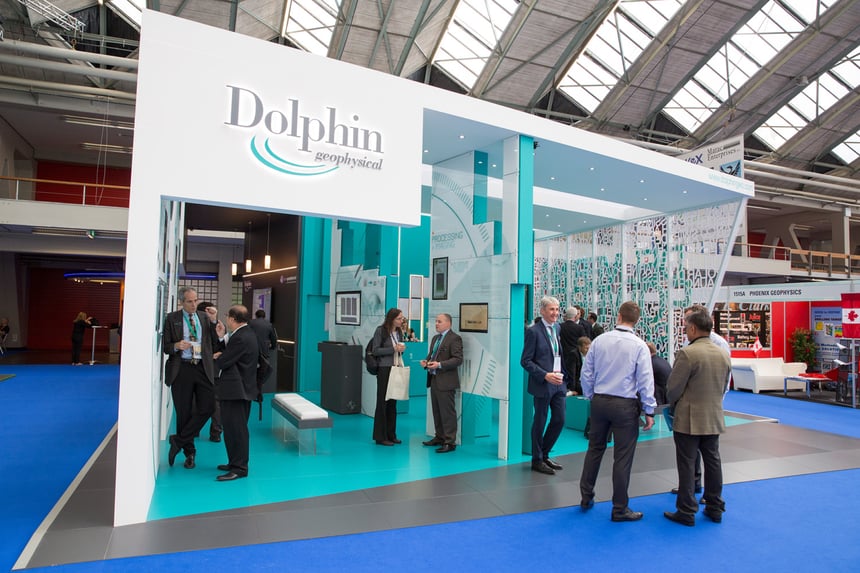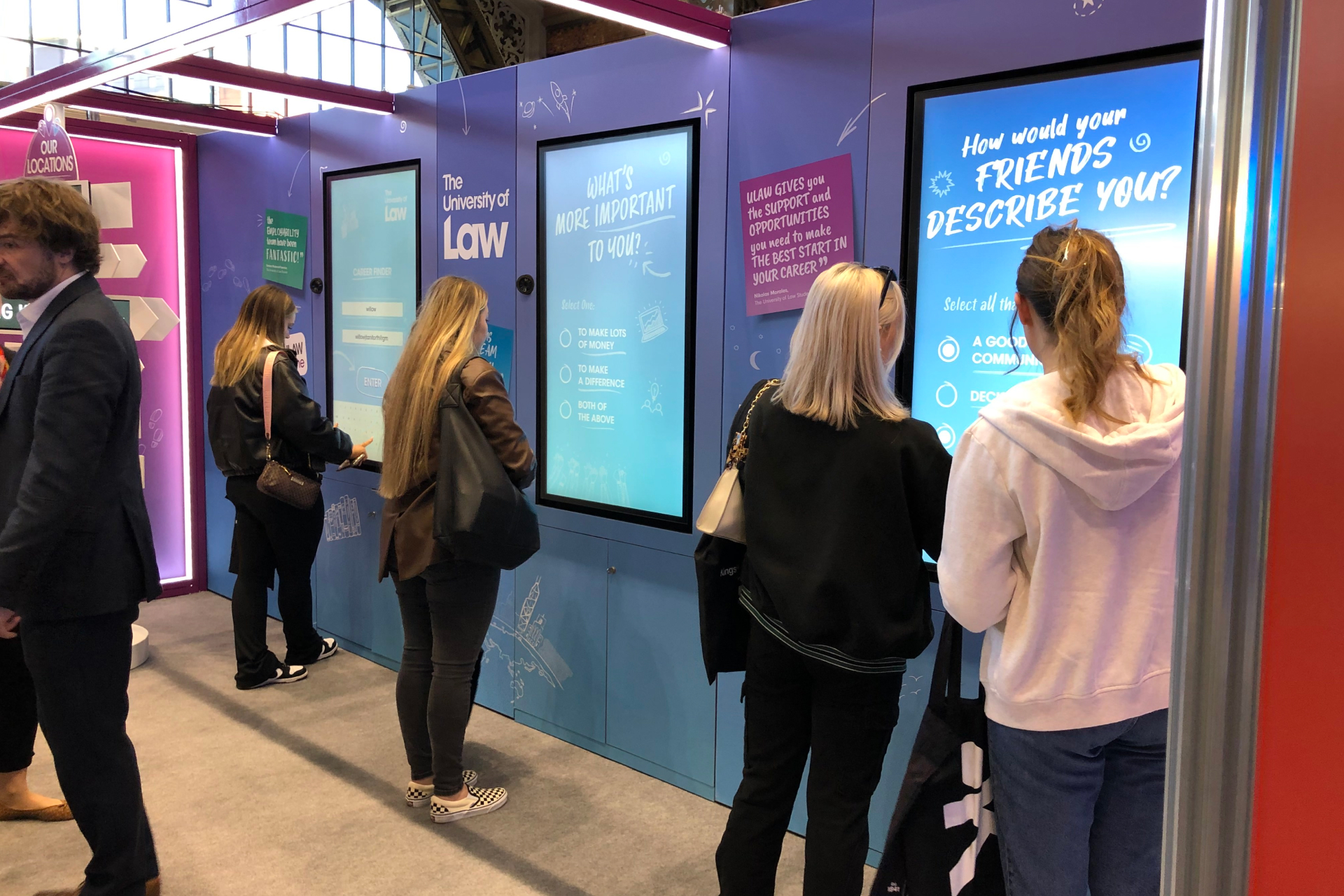How To Follow Up With Leads Effectively After An Exhibition
Exhibitions can be an excellent opportunity for business owners and marketers to generate potential leads, meet industry leaders, and raise brand awareness. But, the true test of a successful exhibition isn't how many business cards you've collected, but rather how effectively you convert these leads into paying customers. This process begins with an effective follow-up. Here's a comprehensive guide on how to follow up with leads effectively after an exhibition.
Understanding the Importance of Follow-Up
Leads gathered at an exhibition represent potential customers who have shown an interest in your products or services. However, attracting interest at an exhibition is the first step; sustaining interest is what 'seals the deal'. Hence, the follow-up activity post-exhibition is critical to convert these interested parties into loyal customers, ensuring long-term business success.
Having a follow-up strategy after an expo is crucial for several reasons:
Conversion: Expos are valuable avenues for generating leads. However, the conversion of these leads into actual customers largely depends on an effective follow-up strategy, making it an essential part of maximizing the return on your investment for participating in the expo.
Brand Recall: With so many exhibitors at a typical expo, visitors are likely to forget many of the businesses they interact with. A timely follow-up ensures your brand remains fresh in their minds and sets the stage for further engagement.
Relationship Building: A follow-up strategy is not only about sales. It's an opportunity to nurture relationships with potential customers, maintain their interest, and gradually guide them towards making a purchase decision.
Preventing Lost Opportunities: Without a robust follow-up strategy, leads can fall through the cracks resulting in lost opportunities. A systematic follow-up approach ensures no potential customers are overlooked or forgotten.
Competitive Edge: Considering that many businesses fail to follow up effectively post-expo, having a robust follow-up strategy can provide a significant advantage over your competition.
Data Analysis: A follow-up strategy often includes tracking and analysing the progress with each lead, providing valuable insights into your sales process and overall customer behaviour. These insights can help refine future marketing initiatives and strategies.

The Ideal Timing for Follow-Up
The right timing is crucial in making a follow-up effective. Ideally, you should reach out to your leads within 24-48 hours after the exhibition ends. During this timeframe, your business is fresh in their minds, bringing about an opportunity for more meaningful conversations. If you wait too long, the interest fades away, and chances of conversion might dwindle.
The reason for this swift action is the competitive business landscape. In fact, Salesforce found that 85% of leads aren't followed up after an event, dramatically risking your ROI for the exhibition. In an increasingly competitive world, not just the quality but the speed of initial follow-up is crucial for ensuring that leads don't fall through the cracks. The quicker you can reach back to the contacts you made at the exhibition, the fresher your brand still is in their minds, and the likelier it is that your message will have a strong impact.
Personalization is Key
The follow-up should always be personalized based on the lead's interest. Remember, the 'one-size-fits-all' strategy doesn’t work when it comes to lead nurturing. A personalized follow-up, which incorporates details about the lead’s specific pain points, needs, or interests, has a greater chance of resonating.
Effective Follow-Up Techniques
Here are few techniques that can improve the efficiency of your follow-up activities:
Email Follow-up: Email, being cost-effective and far-reaching, is one of the most preferred follow-up techniques. It is ideal for sending detailed information, proposal documents, or simply to thank leads for visiting your booth. Email marketing tools can also help automate follow-ups and track engagement.
Phone Calls: An old-school but still an effective way to follow-up, phone calls provide direct contact and allow for immediate responses and feedback.
Social Media Engagement: Social media platforms (LinkedIn, Facebook, Twitter, etc.) are another common method. By connecting on these platforms, you can keep leads updated with company news, share relevant content, and engage in discussions.
Direct Mail: A well-crafted thank you note or a gift can go a long way in establishing long-term relationships with your leads.
The Art of Following-Up
Following up is not a mere attempt to sell. It is about establishing and nurturing a relationship. Understand your leads' needs and align your product or service with these requirements. Ask for clarifications and invite suggestions.
Remember to keep your communications engaging and non-intrusive. Share helpful and relevant content that adds value to your leads. Your goal should be to assist your leads in their decision-making journey, subtly demonstrating the superiority of your offerings.
Tracking and Analyzing
Keeping a record of your follow-up attempts and outcomes is critical to not only analyze your follow-up strategy's performance but also to avoid any contact duplication. With regular analysis, you can identify potential areas of improvement and make necessary adjustments.
.jpg?width=6000&height=4000&name=campaign-creators-ARW7Ic7MSAM-unsplash%20(1).jpg)
Effectively tracking and analysing follow-ups is essential for improving lead conversion rates post-exhibition. It helps strategically streamline communication and identify areas for improvement. Here are some useful tips:
- Use a CRM Tool:
Customer Relationship Management (CRM) tools allow you to organize leads, track your interactions, and schedule follow-ups. Tools like HubSpot, Zoho, or Salesforce offer features that track correspondence, monitor lead engagement, and set up automated follow-up communications.
- Take Detailed Notes:
Document specific details about a lead, such as their interests, the nature of the discussion, etc., immediately after the interaction. Tagging CRM entries with detailed notes will help personalize your follow-ups.
- Time Stamp Your Actions:
Ensure every interaction, call, or email is time-stamped in your CRM tool. This will help you analyze the time taken between the first interaction (at the exhibition) and subsequent communications.
- Categorize Leads:
Categorize leads based on their level of interest or their position in the sales funnel. This helps prioritize and tailor your follow-up actions based on the lead's readiness to convert.
- Measure KPIs:
Key Performance Indicators (KPIs) provide data on the effectiveness of your follow-ups. Relevant KPIs might include response rate, lead conversion rate, and time taken to conversion. Monitoring these KPIs over time will help you identify trends and refine your follow-up strategy.
- Test and Adapt:
Conduct A/B testing on different follow-up methods (calls, emails, in-person meetings) and timings to determine what strategy yields the best results.
- Monitor Follow-up Outcome:
Record the outcome of each follow-up and analyze the results to understand what works best.
Remember, the ultimate goal of tracking and analysing follow-ups is to improve the efficiency and effectiveness of your communication strategy, helping you convert leads into customers. Regularly reviewing and refining your process is key to enhancing your success rate post-exhibition.

Final Thoughts
Effective lead follow-up after an exhibition is a delicate balance of tenacity, timing, personalization, and relationship building. With the right strategies in place, exhibitions can become your reliable lead generation avenue, setting a platform for your business to thrive and expand.
Remember that follow-up is an art more than a science. While there are best practices to guide you, each business and each lead is unique. Gauge their reactions, adapt to their needs, and fine-tune your follow-up strategy continually to maximize your exhibition investment.
In summary, following up with leads effectively after an exhibition depends on thorough preparation, clear communication, persistence, and an appreciation of the power of building business relationships - both with potential customers and with other industry players.
Always strive to add value first before trying to extract it. This mindful, respectful approach gives you the best chance to build trust with your leads which is the cornerstone of sustained business growth.

Comments